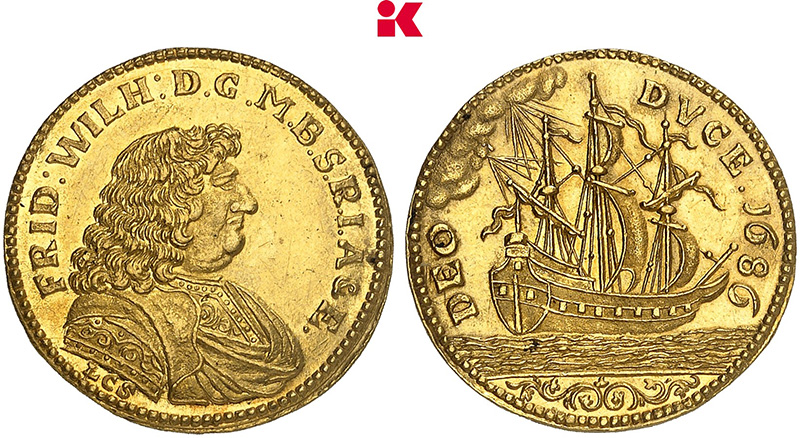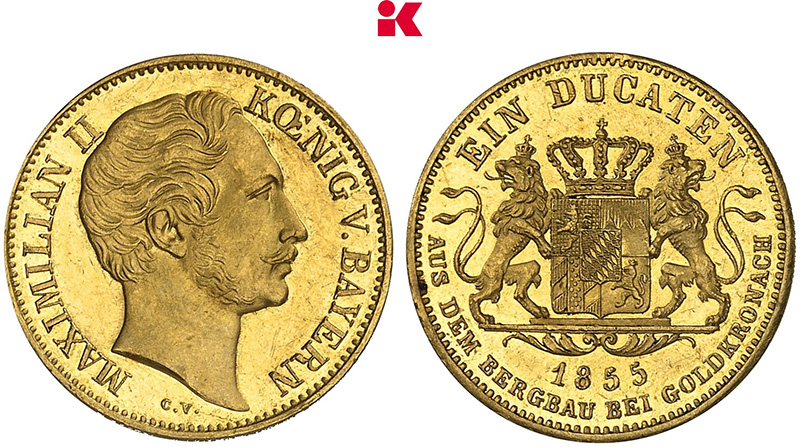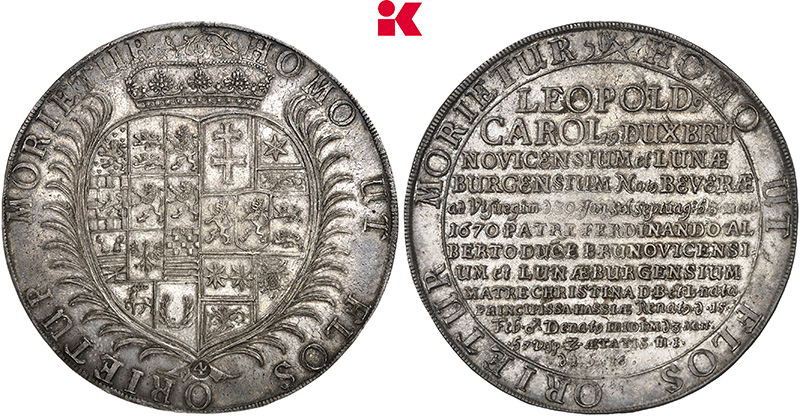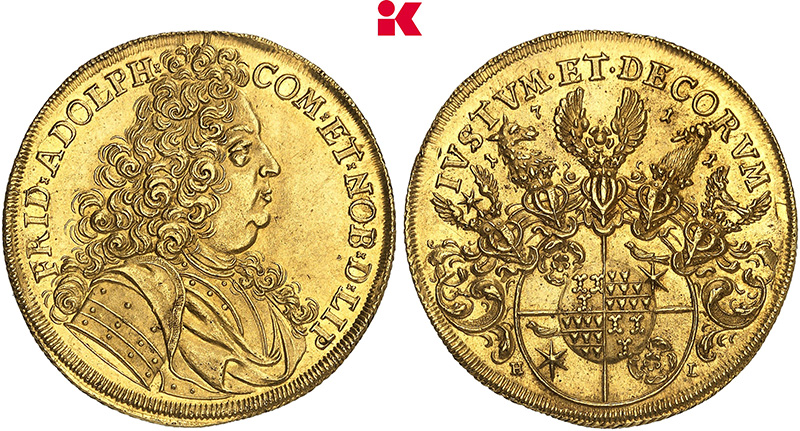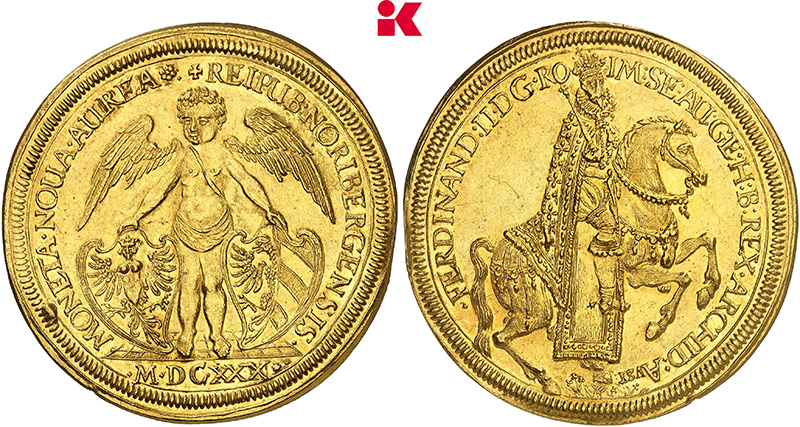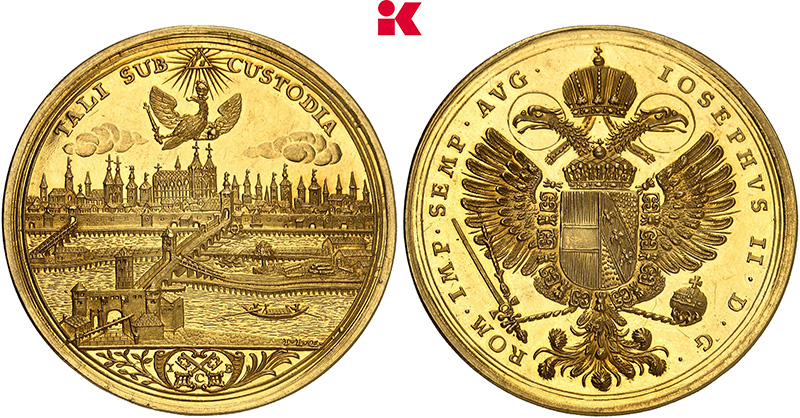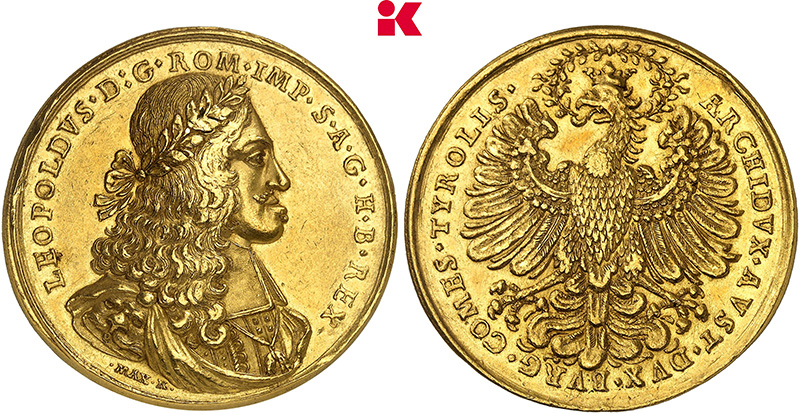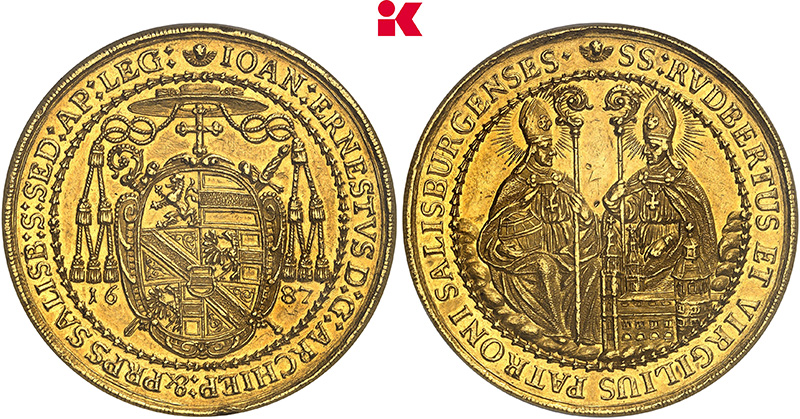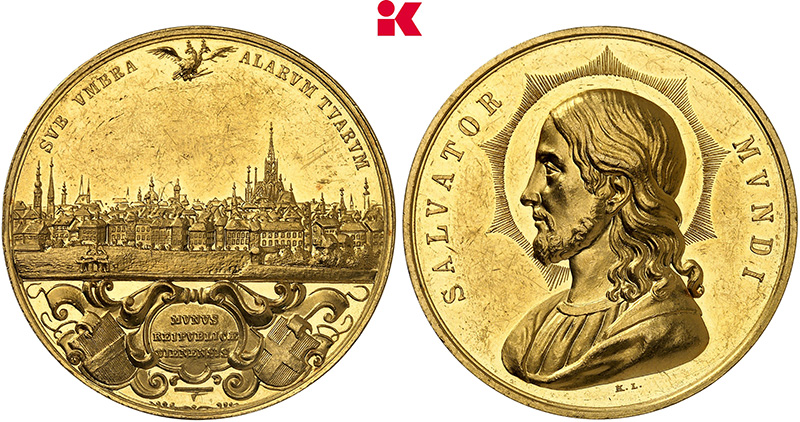Where Did Silver Come from in Early Medieval Europe?
Byzantine bullion fuelled Europe’s revolutionary adoption of silver coins in the mid-7th century, only to be overtaken by silver from a mine in Charlemagne’s Francia a century later, new tests reveal. The findings could transform our understanding of Europe’s economic and political development.
Content
Between 660 and 750 AD, Anglo-Saxon England witnessed a profound revival in trade involving a dramatic surge in the use of silver coins, breaking from a reliance on gold. Around 7,000 of these silver ‘pennies’ have been recorded, a huge number, about as many as we have for the rest of the entire Anglo-Saxon period (5th century – 1066).
For decades, experts have agonised over where the silver in these coins came from. Now a team of researchers from the Universities of Cambridge, Oxford and Vrije Universiteit Amsterdam have solved that mystery by analysing the make-up of coins held by the Fitzwilliam Museum in Cambridge.
The journal Antiquity publishes their study in April 2024. Co-author Rory Naismith, Professor of Early Medieval English History at the University of Cambridge, said:
“There has been speculation that the silver came from Melle in France, or from an unknown mine, or that it could have been melted down church silver. But there wasn’t any hard evidence to tell us one way or the other, so we set out to find it.”
Previous research has tested coins and artefacts from the silver mine at Melle but Naismith and his colleagues turned their attention to less-studied coins which were minted in England, the Netherlands, Belgium and northern France. Helpfully, Naismith had “a powerhouse of early mediaeval numismatic research” on his doorstep: The Fitzwilliam Museum.
To begin, 49 of the Fitzwilliam’s coins (dating from 660 to 820 AD) were taken to the laboratory of Dr Jason Day in Cambridge’s Dept. of Earth Sciences for trace element analysis. Next, the coins were analysed by ‘portable laser ablation’ in which microscopic samples were collected onto Teflon filters for lead isotope analysis. This is a new technique, pioneered by the Vrije Universiteit Amsterdam, which combines the minimally invasive sampling of laser with the high precision results of more traditional methods in which physical samples of silver are taken.
While the coins mostly contained silver, the proportion of gold, bismuth and other elements in them guided the researchers to the silver’s previously unknown origins. Different ratios of lead isotopes in the silver coins provided further clues. The analysis revealed two major findings:

Byzantine silver bowls discovered at Sutton Hoo on display at the British Museum. Photo: Amanda Slater via Flickr / CC BY-SA 2.0
Byzantine Silver
In the 29 coins tested from the earlier period (660 – 750 AD) – which were minted in England, Frisia and Francia – the researchers found a very clear chemical and isotopic signature matching 3rd to early 7th century silver from the Byzantine Empire in the eastern Mediterranean.
The silver was homogenous across the coins and characterised by high gold values (0.6 – 2%) and a consistent isotopic range, with no distinguishable regional variations among them. No known European ore source matches the elemental and isotopic characteristics of these early silver coins. Nor is there any meaningful overlap with late Western Roman silver coins or other objects. These coins did not recycle late Roman silver.
Naismith said: “This was such an exciting discovery. I proposed Byzantine origins a decade ago but couldn’t prove it. Now we have the first archaeometric confirmation that Byzantine silver was the dominant source behind the great seventh-century surge in minting and trade around the North Sea.”
The study’s lead author, Dr Jane Kershaw, from the University of Oxford, said: “These coins are among the first signs of a resurgence in the northern European economy since the end of the Roman Empire. They show deep international trade connections between what is now France, the Netherlands and England.”
The researchers emphasise that this Byzantine silver must have entered Western Europe decades before it was melted down because the late 7th century was a low point in trade and diplomatic contacts.
Naismith said: “Elites in England and Francia were almost certainly sitting on this silver already. We have very famous examples of this, the silver bowls discovered at Sutton Hoo and the ornate silver objects in the Staffordshire Hoard.”
Together, Sutton Hoo’s Byzantine silver objects weigh just over 10kg. Had they been melted down they would have produced around 10,000 early pennies.
Kershaw said: “These beautiful prestige objects would only have been melted down when a king or lord urgently needed lots of cash. Something big would have been happening, a big social change.”
“This was quantitative easing, elites were liquidating resources and pouring more and more money into circulation. It would have had a big impact on people’s lives. There would have been more thinking about money and more activity with money involving a far larger portion of society than before.”
Naismith hopes to establish how and why so much silver moved from the Byzantine Empire into Western Europe. He suspects a mixture of trade, diplomatic payments and Anglo-Saxon mercenaries serving in the Byzantine army. The new findings also raise tantalising questions about how and where silver was stored and why its owners suddenly decided to turn it into coins.

A selection of the Fitzwilliam Museum coins which were studied, including coins of Charlemagne and Offa. © The Fitzwilliam Museum, University of Cambridge.
The Rise of Frankish Silver
The study’s second major finding revealed a later shift away from Byzantine silver to a new source.
When the team analysed 20 coins from the second half of the period (750 – 820 AD), they discovered that the silver was very different. It now contained low levels of gold which is most characteristic of silver mined at Melle in western France. Previously obtained radiocarbon data has shown that mining at Melle was particularly intense in the 8th and 9th centuries. The later coins analysed included a coin of Pippin III (747-68), five of Offa of Mercia (757-96), two of Charlemagne (792/3-814), a Danish Charlemagne imitation, seven of Louis the Pious (814-822/3), and five of Coenwulf of Mercia (796-821).
The study proposes that Melle silver permeated regional silver stocks after c.750 and was mixed with older, higher-gold stocks, including Byzantine silver. In the coins minted closest to Melle, the proportion of gold was lowest (under 0.01%) while furthest away, in northern and eastern Francia, this climbed to 1.5%.
We already knew that Melle was an important mine but it wasn’t clear how quickly the site became a major player in silver production.
Naismith said: “We now know that after the Carolingian dynasty came into power in 751, Melle became a major force across Francia and increasingly in England too.”
The study argues that Charlemagne drove this very sudden and widespread surge in Melle silver as he took increasing control over how and where his kingdom’s coins were made. A detailed record from the 860s talks about Charlemagne’s grandson, King Charles the Bald, reforming his coins and giving every mint a few lbs of silver as a float to get the process going. “I strongly suspect that Charlemagne did something similar with Melle silver,” Naismith said.
Management of silver supply went hand-in-hand with other changes introduced by Charlemagne, his son and grandson including changing the size and thickness of coins and marking their name or image on the coins.
Naismith said: “We can now say more about the circumstances under which those coins were made and how the silver was being distributed within Charlemagne’s Empire and beyond.”

The mines of Melle were an important source of silver for the Frankish Empire and can still be visited today. Photo: Jacques Bodin via Flickr / CC BY 2.0.
England and Francia
The findings give new context to Charlemagne’s delicate diplomatic relations with King Offa of Mercia in England. Like Charlemagne, Offa took an active role in the silver trade and currency management. Both kings saw trade and politics as inseparable. In a surviving letter sent to Offa in 796, Charlemagne discussed trade in commodities as well as political exiles. The pair also entered a trade embargo when a marriage negotiation turned sour.
Naismith said: “There was a lot of communication and tension between Charlemagne and Offa. Offa wasn’t in the same league, his kingdom was much smaller, he had less power over it, and he certainly didn’t have as much silver. But he remained one of Europe’s most powerful figures who was outside of Charlemagne’s control. So they maintained a pretence of equality. Our findings add to a dynamic that England and France have had for a very long time.”
Naismith has no doubt that people in England would have been very aware that their silver was coming from Francia and that they depended on it.
“When commodities are only in certain places in limited quantities, questions of power and national interest will always come into play,” Naismith said. “In the early Middle Ages, this transcended borders and rulers weren’t the only people involved. Merchants, churches and other wealthy people all had an interest. Rulers taking much more direct action was new for this period.”
Here Rory Naismith talks about the results of his study:
You are currently viewing a placeholder content from YouTube. To access the actual content, click the button below. Please note that doing so will share data with third-party providers.
In this film you can find out more about the mining and minting in Melle:
You are currently viewing a placeholder content from YouTube. To access the actual content, click the button below. Please note that doing so will share data with third-party providers.







